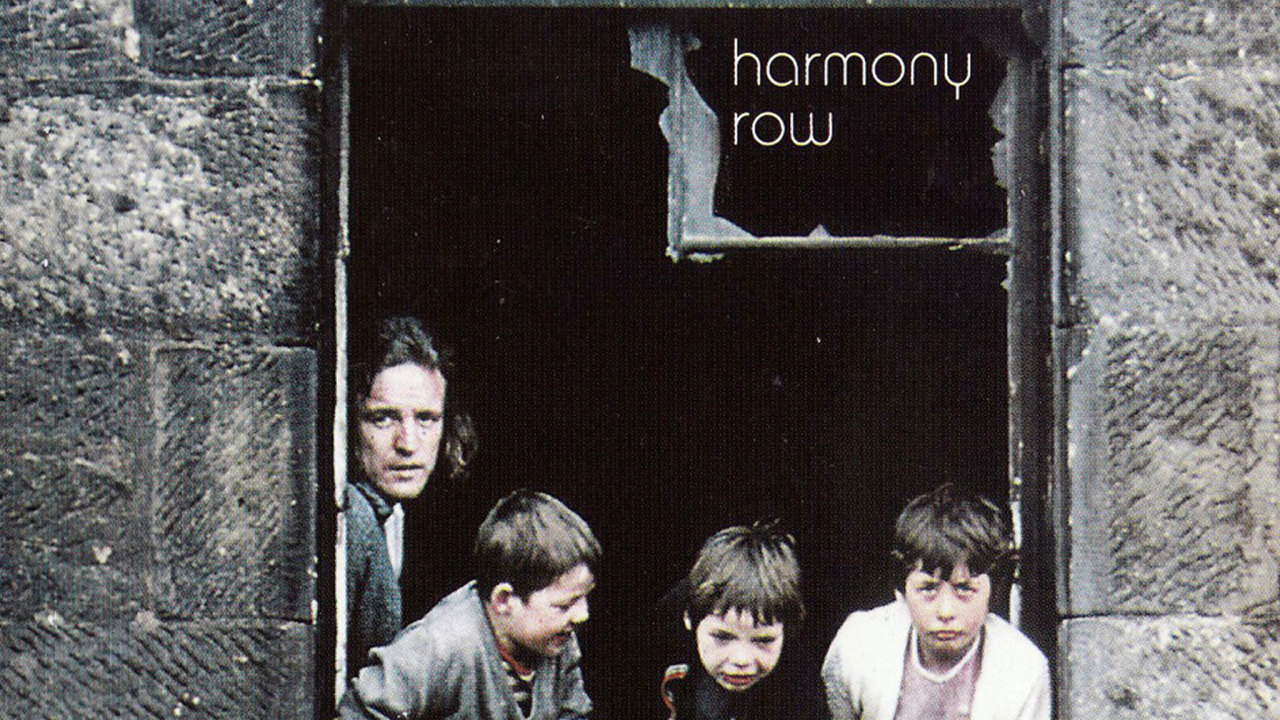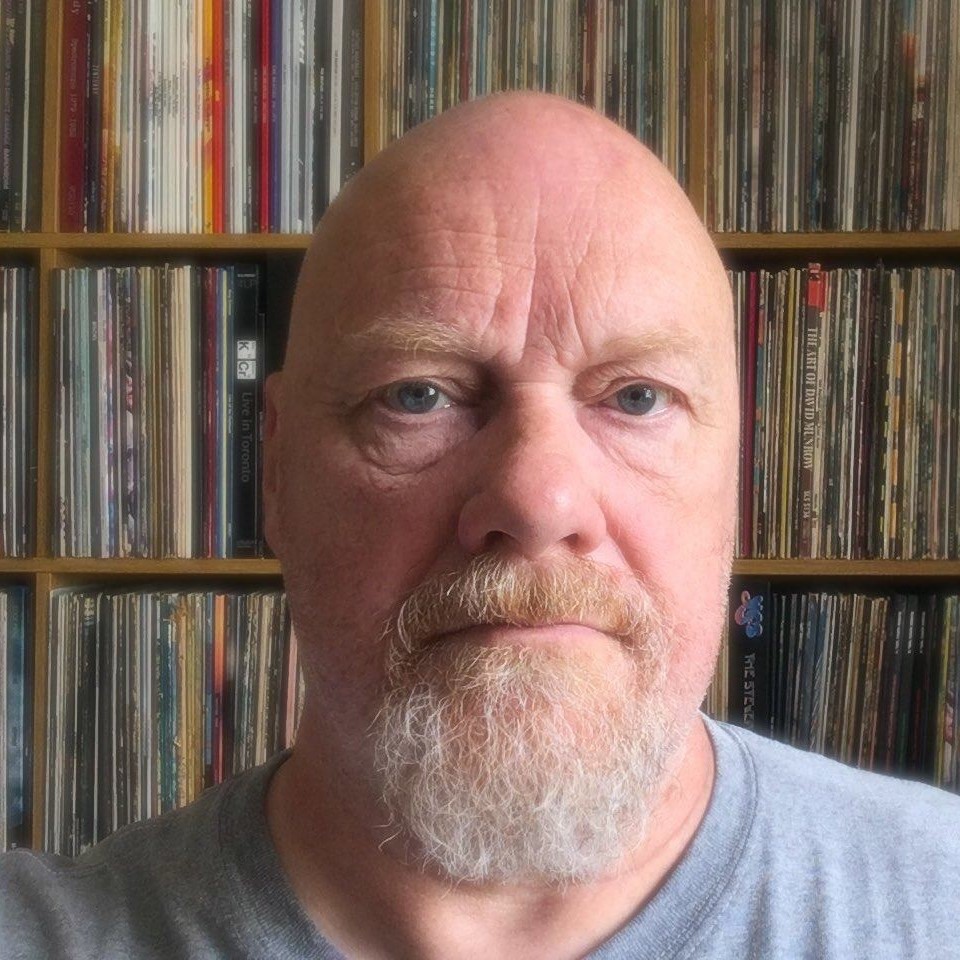“I sat at my Blüthner piano and played the thing from top to bottom,” says Jack Bruce, explaining how his third solo release arrived almost fully formed one inspirational afternoon.
“The songs just came tumbling out as a complete entity in pretty much the same order as they appear on the album.”
While Bruce’s debut Songs For A Tailor (1969) mopped up material originally intended for Cream, with Harmony Row he wiped the slate clean with a sequence of songs that took him out of the mainstream. Several pieces traverse a jazz-rock undertow and utilise unorthodox chords that frequently appear to owe more to classical avant-garde composer Olivier Messiaen than the blues-based rock he helped pioneer and which he’s still associated with.
After working with Eric Clapton and Ginger Baker, and what he calls their ‘big’ sound, Bruce wanted something more intimate and personal in nature, co-opting Chris Spedding (guitar) and John Marshall (drums) from British jazz-rock pioneers Nucleus to flesh out these poetic vignettes alongside his own bass, keyboards and vocals.
“Lyricist Pete Brown had this mad idea that the songs were kind of like a big show on ice – not exactly like an operetta, but a kind of concept album in a way,” says Bruce.
Not unlike an interlinking song cycle rooted in his working-class upbringing, the album title references a tenement block in Bruce’s native Glasgow, describing drifters, early-morning commuters, grinding poverty, yearning love songs and the yawning possibility of death or rebirth at each sunset.
Harmony Row’s cinematic contrasts provide starkly lit close‑ups during the reflective prelude of Can You Follow?, before rushing into the wide-open vistas of Escape To The Royal Wood (On Ice), bustling with quick-fire time signatures, abrupt vocal jump cuts and layers of processed guitar glistening in spectral reverb.
Meanwhile, on the track Folk Song, Bruce multitracks his own voice into an ethereal choir to devastating, poignant effect. “It was engineer Andy Johns who came up with that idea. It was the only way we could get the kind of texture we were after. We called those voices The Jackettes,” laughs Bruce.
Harmony Row’s willingness to go beyond expectations highlights Bruce’s interest in experimentation and his contrarian disposition. This is emphatically not the work of the blues bruiser some suppose him to be, but rather a sensitive and sophisticated composer who understands how to box clever, an expert in judging precisely when to hang back and when to hit hard.
Harmony Row is an album that, understandably, Bruce remains very proud of. “All of my early solo albums are really diaries of where I was at musically at the time” he says. “Listening to it now, I think it still stands up.”

